
OR
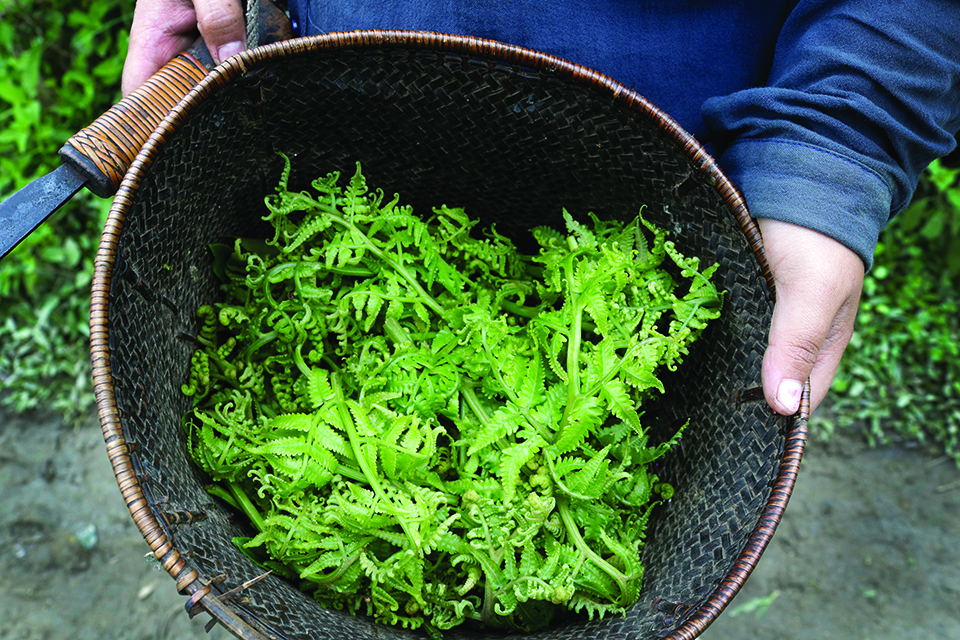

Kamal Aryal and Uma Partap
Aryal is Natural Resources Specialist and Partap is Agriculture and Beekeeping Specialist at the International Centre for Integrated Mountain Development (ICIMOD)news@myrepublica.com
More from Author
As climate uncertainty looms and crops fail, the role of wild edible plants as a source of food and nutrition has become more important. But these plants remain largely neglected
For the Chepang, a highly marginalized indigenous community that primarily inhabit the ridges of the Mahabharat mountain range in Nepal, wild and non-cultivated plants are their lifeblood. They have depended on these plants for generations for food, medicine, and livelihood, and such plants are intrinsic to their culture and traditions. This is true of many other indigenous communities across the country. The focus of national agricultural research and development programs, however, has been on a narrow selection of crops that the majority of people depend on—rice, wheat and maize. This leaves the potential of a wide range of wild edibles untapped, which is a significant missed opportunity.
One of the most important challenges in the contemporary world is securing a healthy, diverse diet for an ever-growing population. A 2019 study by the National Agriculture Genetic Resources Centre (NAGRC), Nepal, revealed that plants contribute to nearly 85 percent of human diet and nutrition. During the course of human civilization, only around 150 plant species have been cultivated and less than 10 of them are meeting over 90 percent of the global food demand. This overreliance on a handful of crops and the erosion and loss of global crop diversity are contributing to poverty-driven food insecurity, malnutrition, and health risks—all closely linked and worsening. Sustainable Development Goal 2 spotlights this very issue, emphasizing the promotion of sustainable food production systems and genetic diversity to end hunger in all its forms by 2030. The solution toward securing our food systems and wellbeing is apparent: Conserve biodiversity and promote dietary alternatives.
And we do have an array of alternatives at our disposal. The 2019 NAGRC study mentioned above lists 224 wild relatives of crops and 670 wild edible plant species available in Nepal. Wild and non-cultivated species, along with traditional cultivated crops, sustain many mountain communities in Nepal, such as the Chepang. In Darchula, local communities use around 99 species of wild edibles for different purposes. Bal Krishna Joshi, Senior Scientist at the NAGRC, believes that the revitalization of these food traditions and diversity could help combat food insecurity and diet-related diseases in households across Nepal, particularly in vulnerable mountain communities. These crops are climate resilient, rich in nutrition, easily cultivable, and can be developed as staple foods. Joshi sees potential in promoting these wild, non-cultivated plant species as export-value products through product diversification and marketing. Communities with the ecological knowledge and skills to harvest and process these wild edible plants can benefit from these markets.
Wild and non-cultivated species can also be marketed to the growing health-conscious population in urban areas seeking organic and natural food products. Some wild edibles high in nutritional value are already popular, particularly leafy vegetables such as niguro (wild edible fern) and sisnu (stinging nettle) and root crops such as ban tarul (Dioscorea spp). Sanumaya Gurung, a local vegetable seller in Narayangadh, Chitwan, has benefited from this growing trend, with wild vegetables netting her around Rs 15,000 every season.
Unfortunately, the availability of such plant species is steadily declining, mainly due to overharvesting and habitat degradation. This has compelled dependent communities to adapt to new food varieties and practices. The Chepang, for instance, have shifted to mainstream cultivated crops and organized agriculture, even domesticating some of these wild crops in their homestead gardens. However, they do continue to consume uncultivated plant species during food shortages, showing the value of such species as potential staple foods and important alternatives during times of food and economic stress.
As climate uncertainty looms and crops fail, the role of wild edible plants as a source of food and nutrition, especially for the poor, becomes all the more important. Highlighting the importance of these wild edibles and promoting measures for their in situ and ex situ conservation is especially significant as climate change adaptation demands that we enhance the social-ecological resilience of communities.
Despite their potential, these plants remain neglected in mainstream national research and development programs. A concerted effort is needed to increase awareness among stakeholders including farmers and policy makers about the multitudinous benefits of conserving and promoting this very important but underappreciated plant diversity. This would go a long way not only in ensuring our food security but also allowing communities like the Chepang to continue their way of life, preserve their identity and benefit from the use of their traditional ecological knowledge.
Aryal is Natural Resources Specialist and Partap is Agriculture and Beekeeping Specialist at the International Centre for Integrated Mountain Development (ICIMOD)
You May Like This
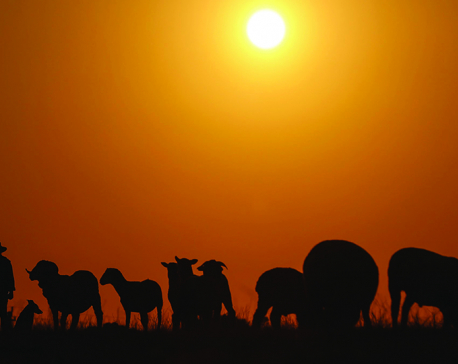
Tragedy of commons
If we work together to limit emissions of greenhouse gases, environment can be saved ... Read More...

Together against climate threat
Climate change and environment preservation are defining issues of our times. We need to take action, individually and collectively ... Read More...

Faking it on climate change
We need to move away from a response to climate change that relies on undeliverable promises of carbon neutrality ... Read More...




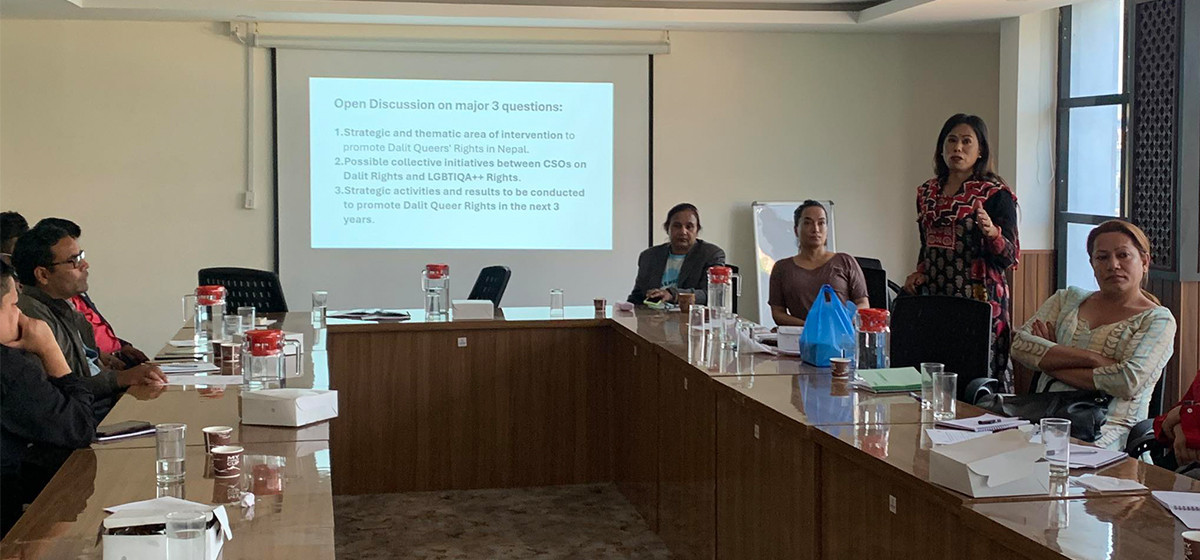


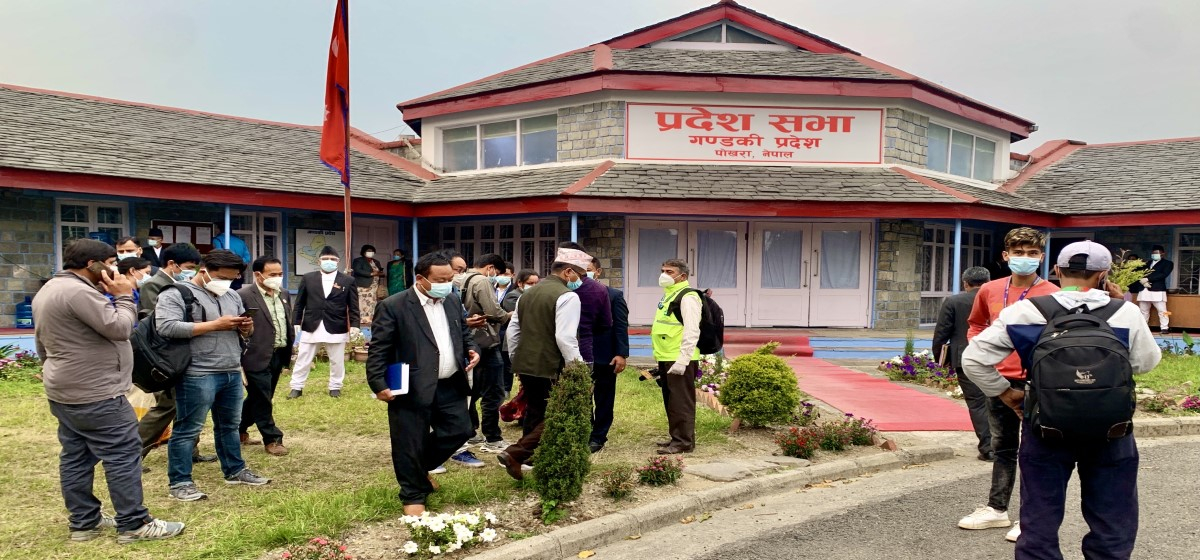
Just In
- NOC investing Rs 3 billion to construct fuel storage plants of over 9,000 kl capacities in Bhairahawa
- Reflecting on a festive journey filled with memories and growth
- Dalit sexual and gender minorities lack representation within their own communities and groups
- Nagdhunga-Sisnekhola tunnel breakthrough: Beginning of a new era in Nepal’s development endeavors
- Altitude sickness deaths increasing in Mustang
- Weather forecast bulletin to cover predictions for a week
- Border checkpoints in Sudurpaschim Province to remain closed till Friday evening
- Gandaki Province Assembly session summoned







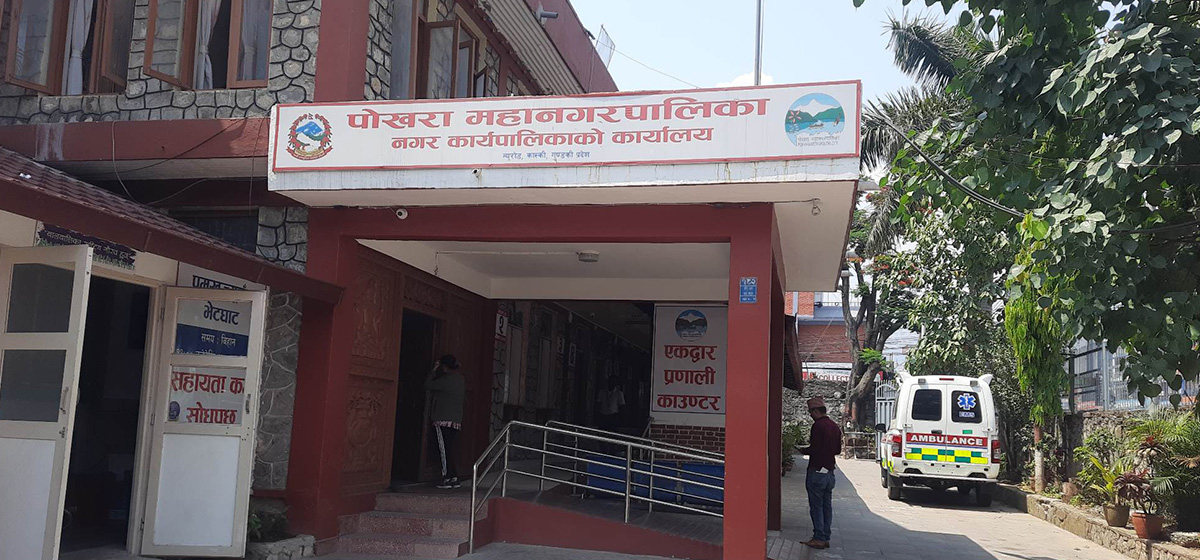


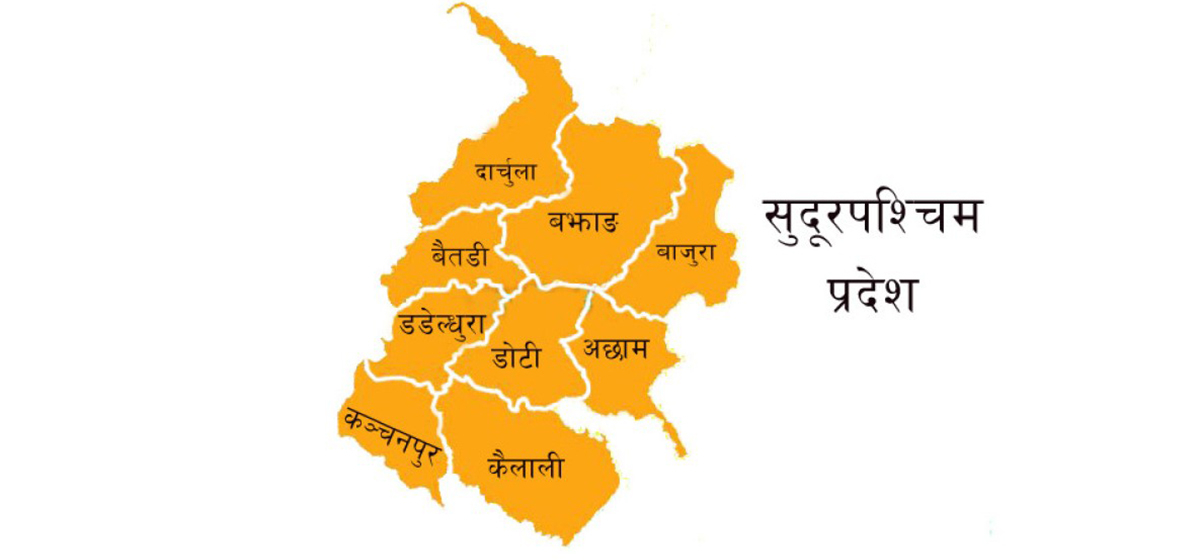
Leave A Comment